1 Intuition of AI
Artificial intelligence is presented as systems that behave intelligently by being autonomous and adaptive, even though “intelligence” itself lacks a single, fixed definition. The chapter emphasizes that data is the lifeblood of AI—spanning quantitative measurements and qualitative perceptions—and that turning data into information and then knowledge mirrors what AI systems aim to replicate. Algorithms are framed as recipes: structured, finite instructions that transform inputs into outputs, a perspective that grounds the rest of the book’s practical approach while acknowledging that long-standing fundamentals continue to underpin modern breakthroughs.
To build intuition for choosing and designing solutions, the chapter groups problems into key types: search (finding paths through a space of possibilities), optimization (finding good-enough solutions among many), prediction and classification (learning relationships and categories from data), and clustering (discovering structure without explicit questions). It clarifies the difference between deterministic models, which always yield the same result for the same input, and probabilistic models, which return outcomes from a distribution—along with the notions of local versus global optima in optimization. Throughout, it stresses scientific rigor and awareness of bias in how data is collected, sampled, and interpreted, because algorithmic performance is bounded by data quality and experimental discipline.
The landscape of AI is then mapped from narrow intelligence (specialized systems) toward aspirations of general and even super intelligence, and from “old AI” (hand-crafted rules) to “new AI” (learning rules from data). Core families include search algorithms for planning and pathfinding; biology-inspired methods like evolutionary and swarm techniques; machine learning across supervised, unsupervised, and reinforcement paradigms; and deep learning with layered neural networks for perception and generalization. The chapter closes by surveying diverse applications—optimizing crops, detecting fraud, defending against cyberattacks, aiding medical diagnosis, routing logistics, tuning telecom networks, mastering complex games, personalizing fitness and health, and generating art—then sets the stage to begin with search algorithms as the foundation for more sophisticated methods that follow.
Examples of data around us
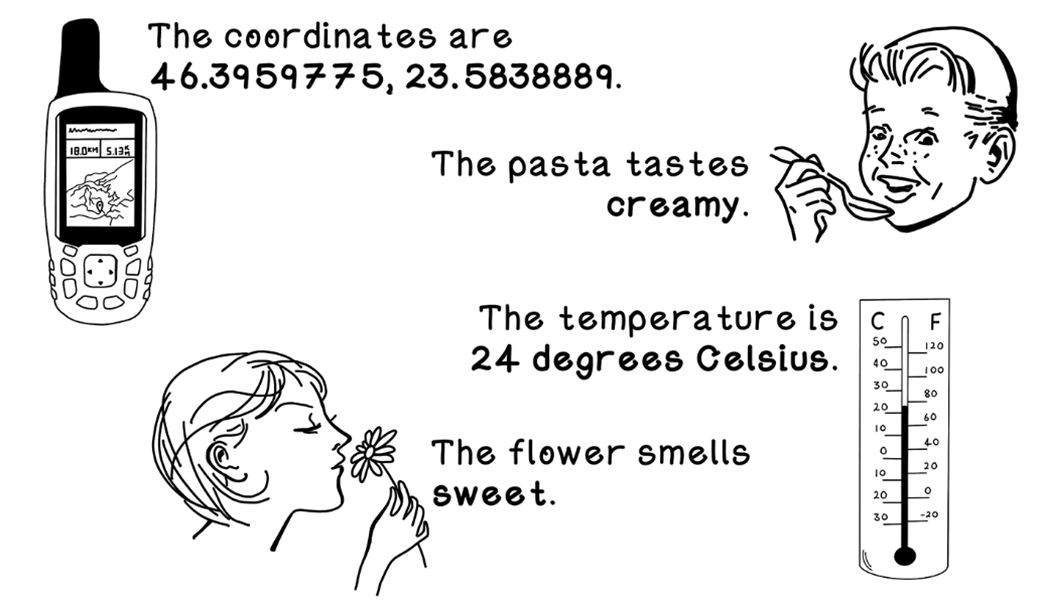
Qualitative data versus quantitative data
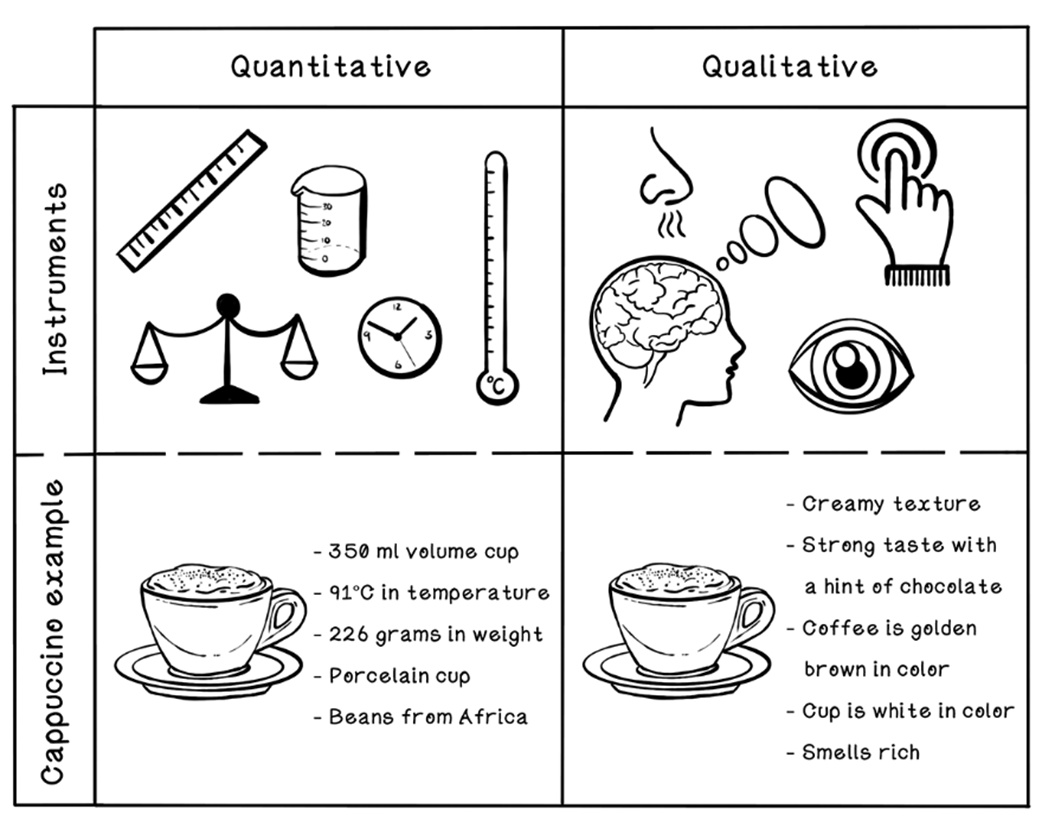
An example showing that an algorithm is like a recipe

A number-guessing-game algorithm flow chart
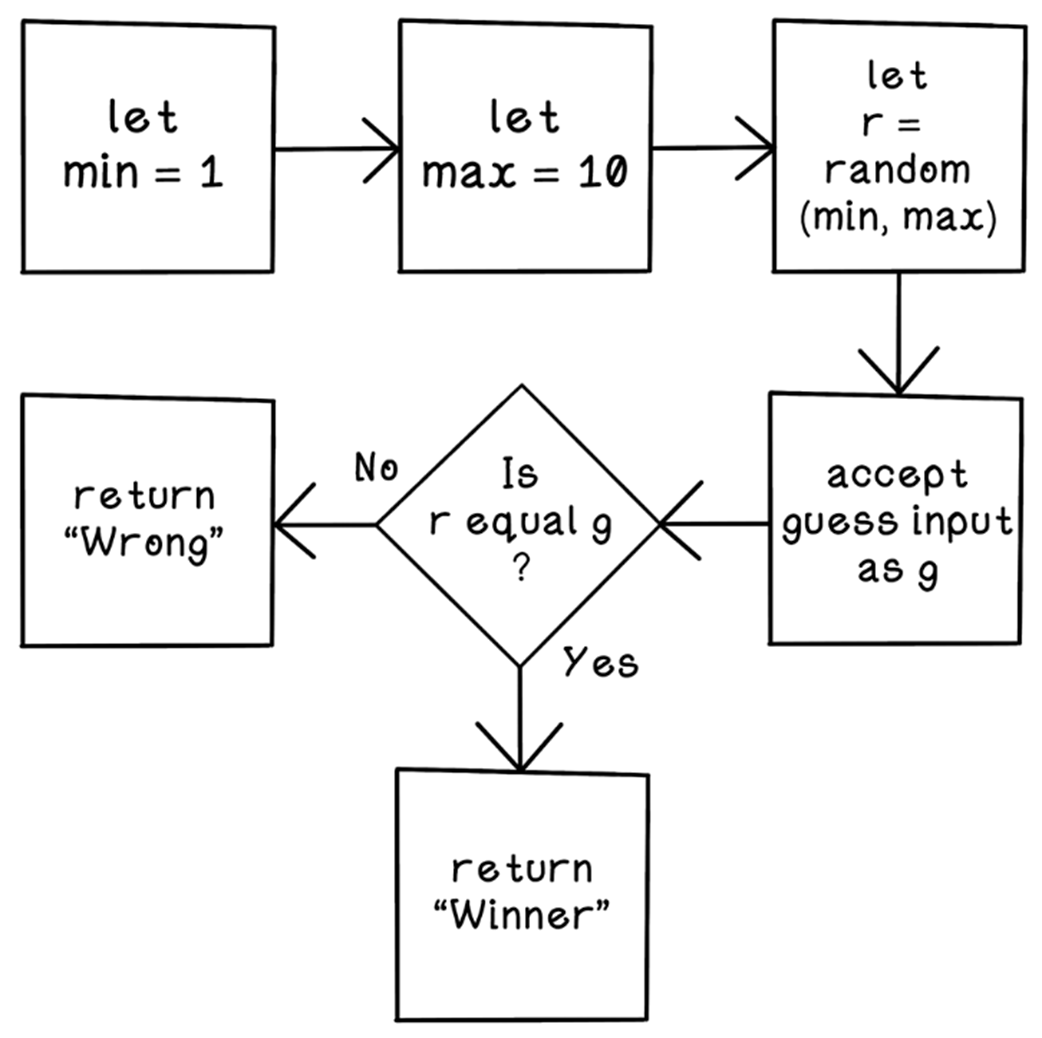
The evolution of AI
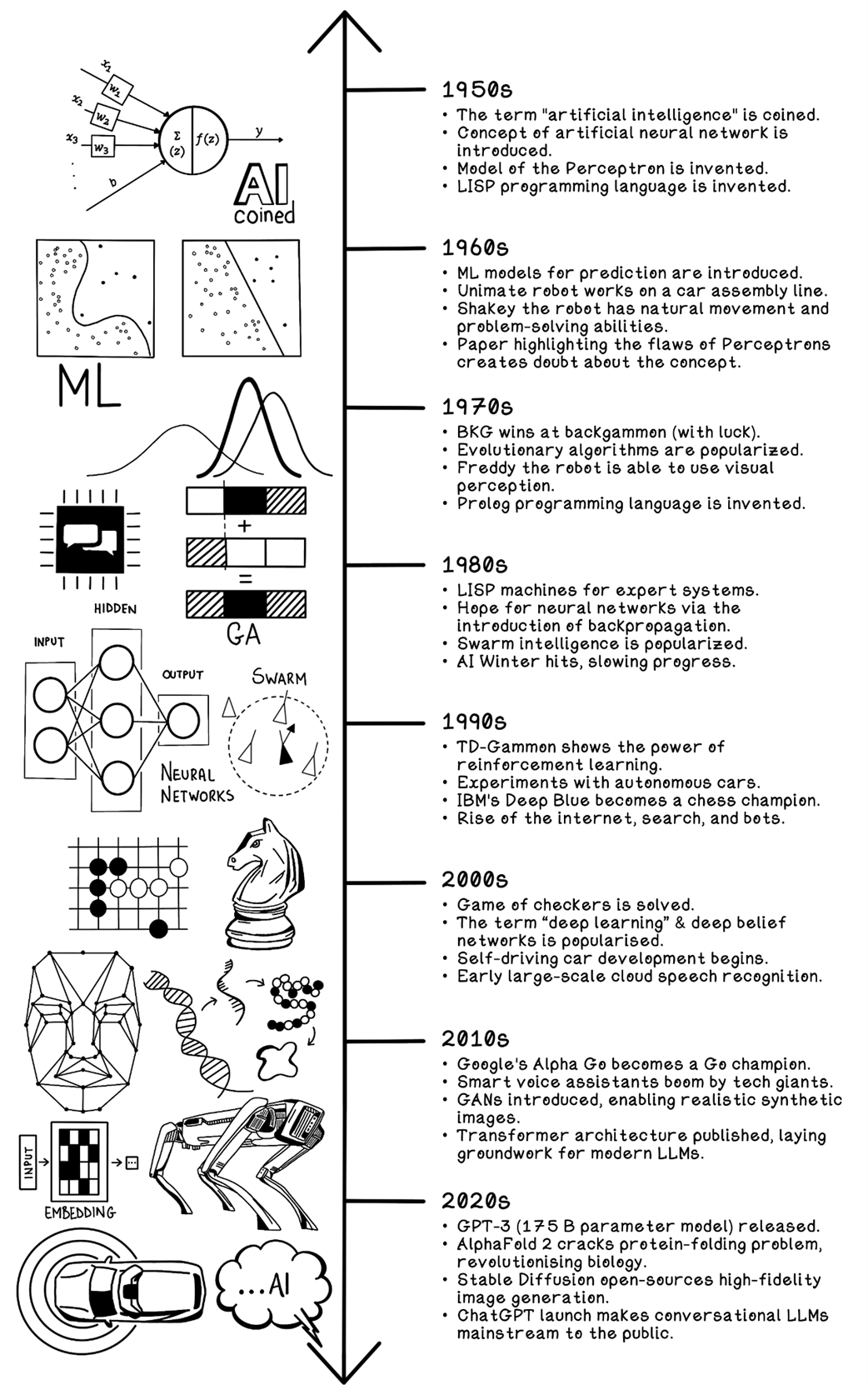
Levels of AI
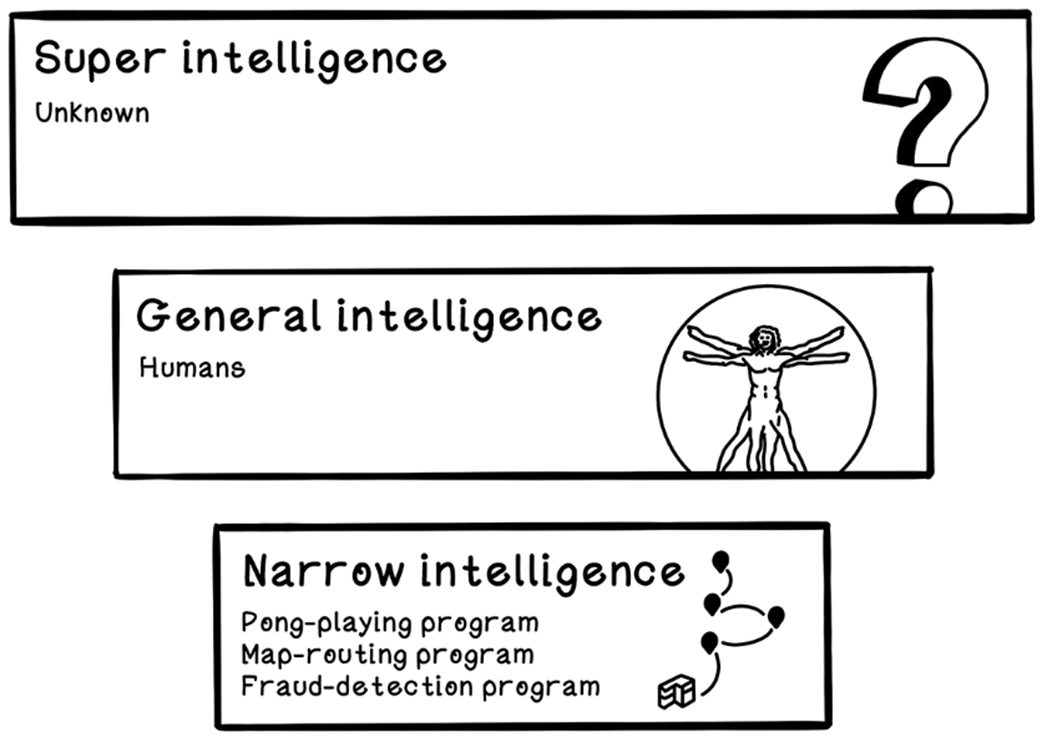
Categorization of concepts within AI
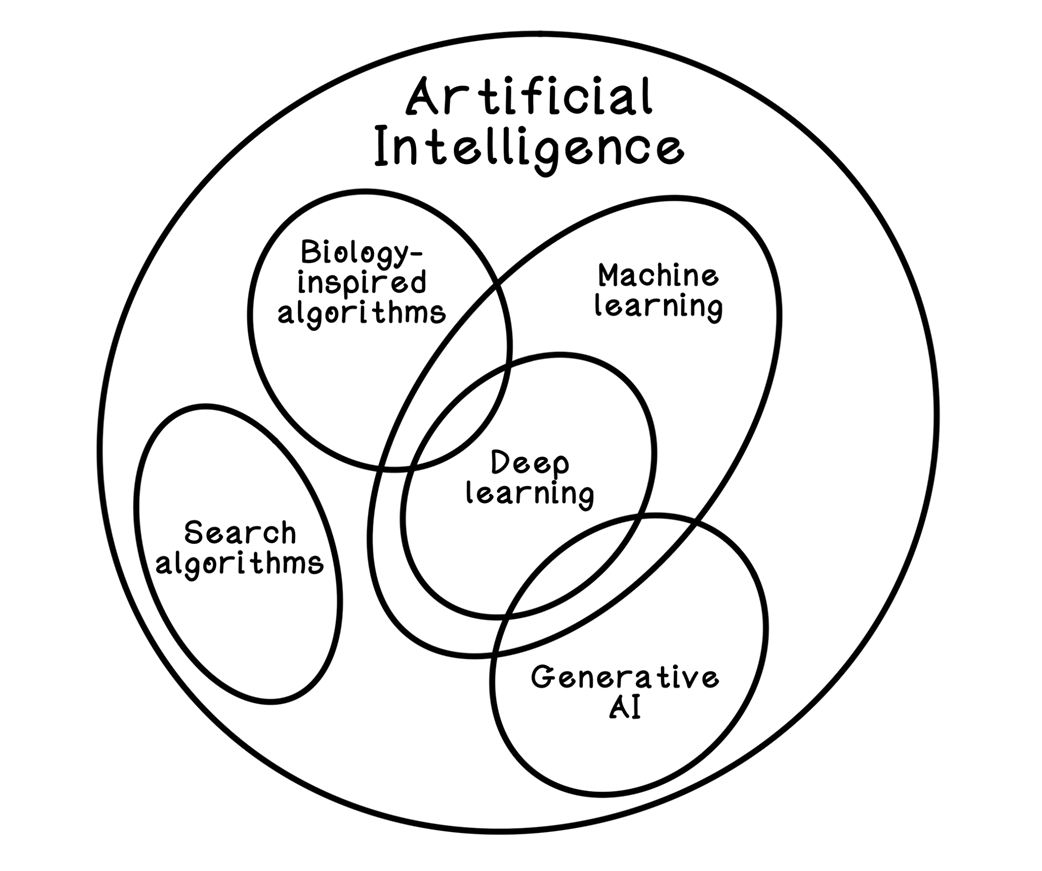
Using data to optimize crop farming
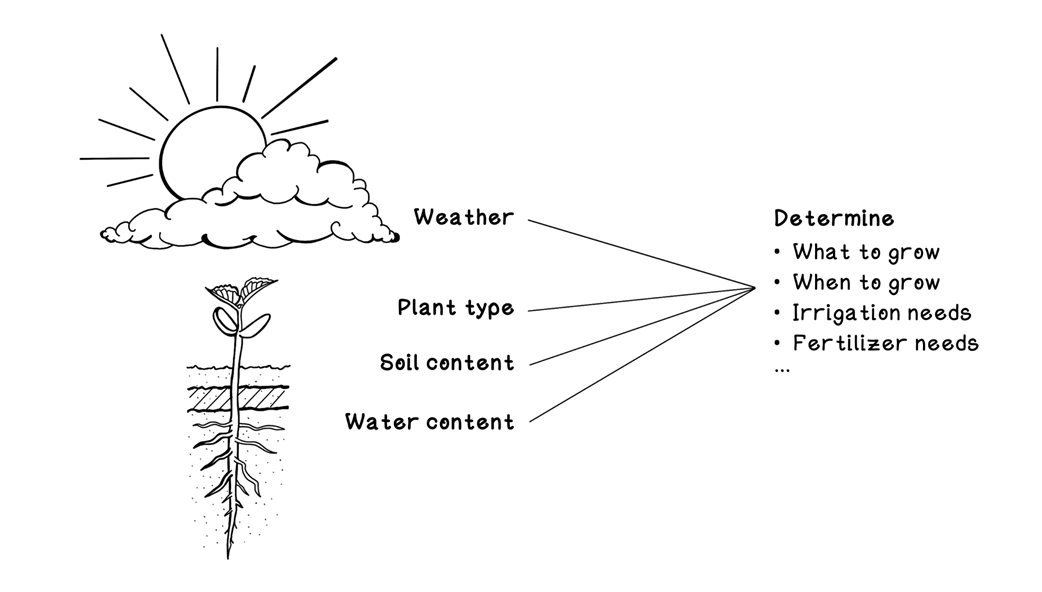
Using machine learning for feature recognition in brain scans
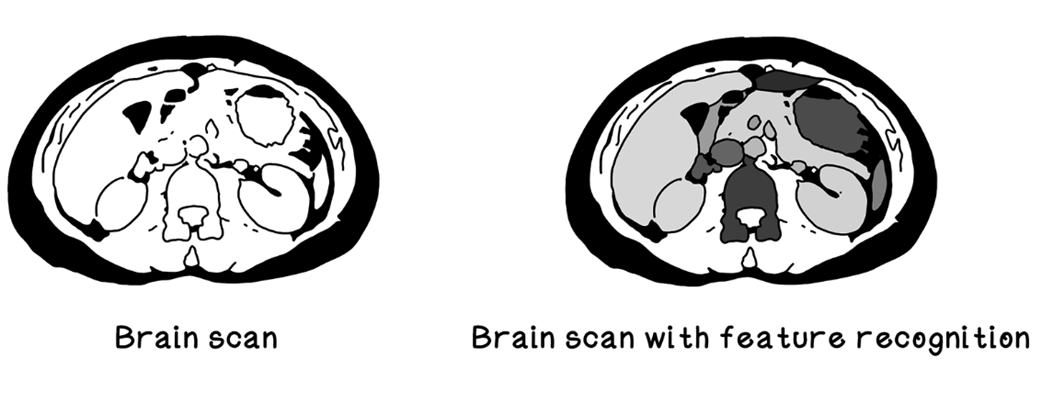
Using neural networks to learn how to play games
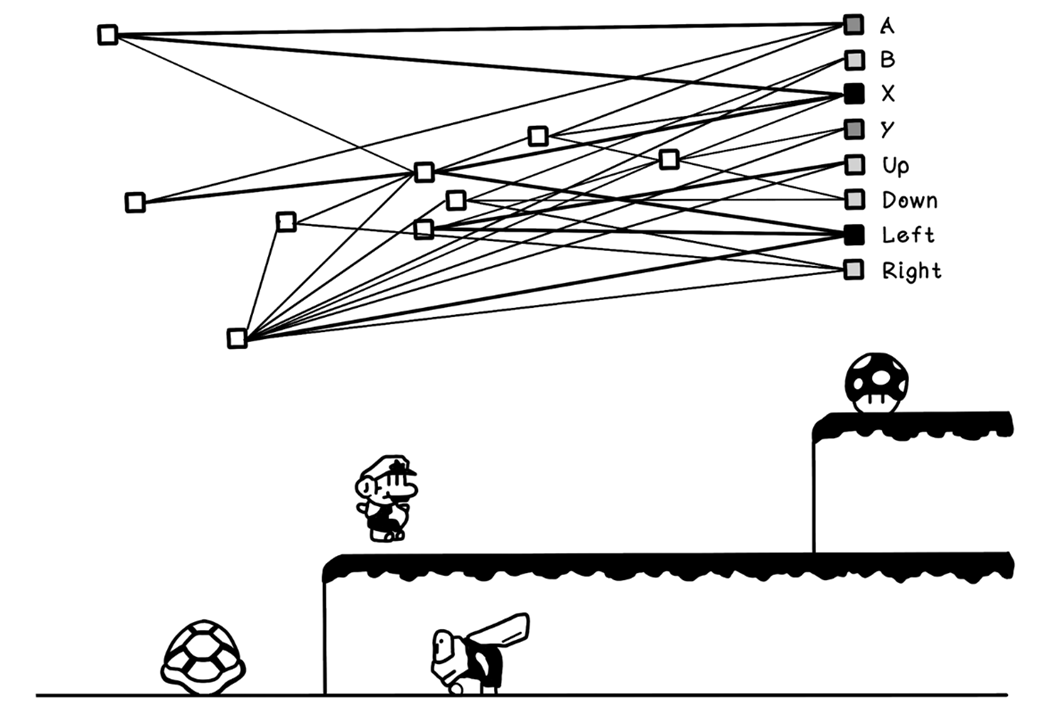
Using sensors and AI to guide fitness & health

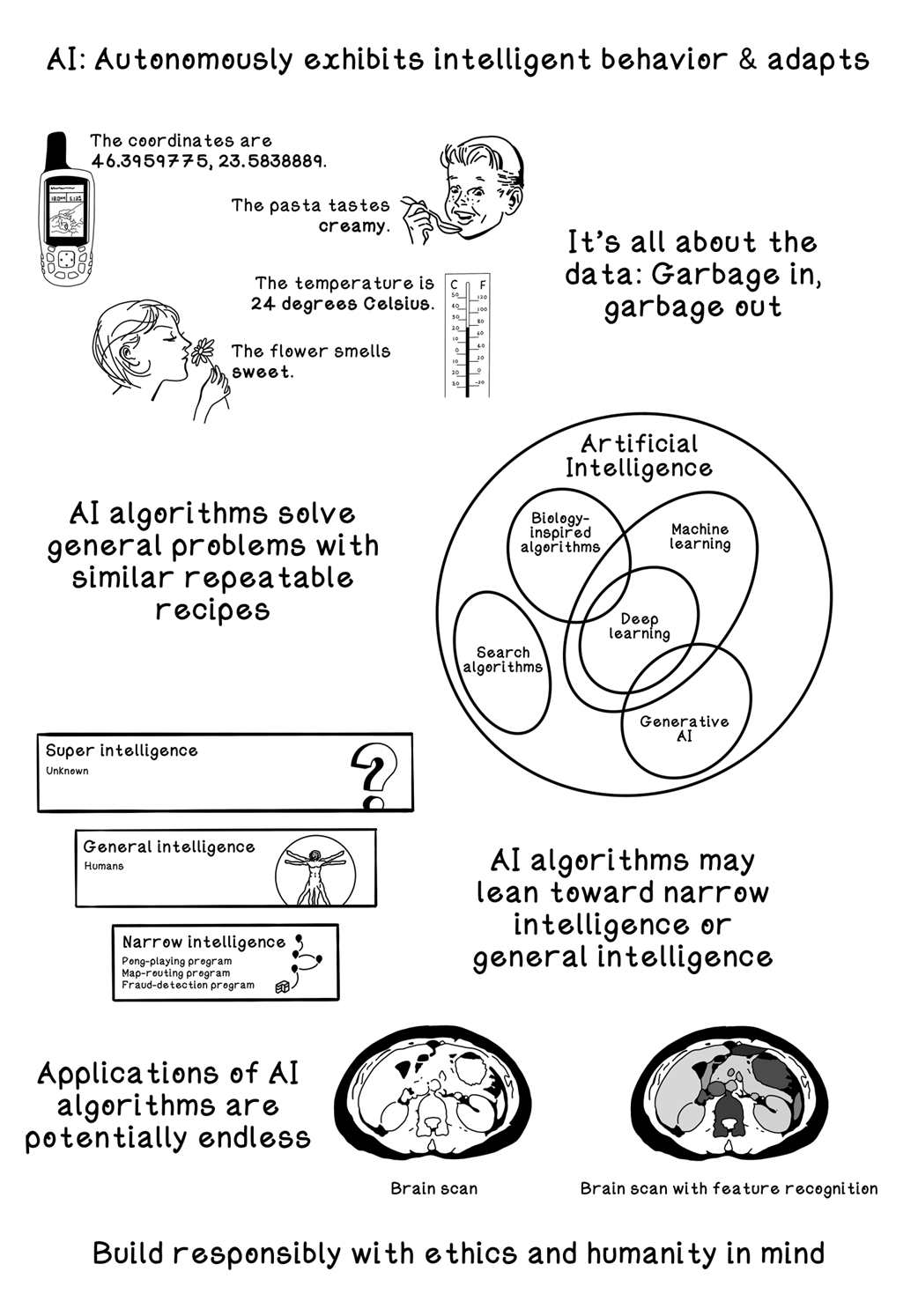
Summary of Intuition of AI
FAQ
What does this chapter mean by “Artificial Intelligence” (AI)?
The chapter uses a practical, loose definition: AI refers to systems that exhibit intelligent behavior—being autonomous (don’t need constant, explicit instructions) and adaptive (change behavior as data or environments change). Examples include systems that simulate perception (vision, hearing), work with rich language, interact with people or other systems, and learn from data over time. The exact boundary of “AI” shifts with progress; what once seemed intelligent (like basic arithmetic) becomes ordinary as technology matures.
Why is data central to AI, and what’s the difference between quantitative and qualitative data?
Algorithms are only as good as the data they receive. Quantitative data consists of objective, measurable values (for example, temperature, counts, ages). Qualitative data captures perceptions or judgments (for example, a smell, a political opinion). Quantitative data is typically less ambiguous, but both types are valuable. Bias can creep in through how data is sampled, captured, or interpreted, so careful data practices are crucial.
How do data, information, and knowledge relate in AI systems?
Data are raw facts. When we analyze data to answer questions, we produce information. Applying information with experience and context yields knowledge. AI systems aim to automate parts of this progression. Following scientific, repeatable processes for data collection and experimentation improves the reliability of information and knowledge derived by AI.
What is an algorithm, and why is it compared to a recipe?
An algorithm is a finite set of instructions that transforms inputs into outputs through defined steps. Like a recipe, it specifies ingredients and tools (inputs), a sequence of actions, and the expected dish (output). The chapter illustrates this with everyday processes (like reading a book) and simple flowcharts (like a number-guessing game) to build intuition for AI algorithms.
What are search problems, and how do search algorithms help?
Search problems involve many possible paths to a goal (for example, finding a route across a map or the next best move in a game). Brute-forcing every possibility is often infeasible. Search algorithms evaluate future states strategically to navigate the solution space efficiently and find good or optimal paths.
What are optimization problems, and what’s the difference between local and global best?
Optimization problems have many valid solutions, and the goal is to find the best (or a very good) one under some measure (for example, packing a car trunk to maximize space). A local best is the best solution within a neighborhood of the search space, whereas a global best is the best overall. Algorithms must balance exploring broadly vs. exploiting promising regions to avoid getting stuck in local optima.
How do prediction, classification, and clustering differ?
- Prediction (regression): Estimate numeric values from patterns in data (for example, predicting fuel consumption from engine size).
- Classification: Assign items to categories based on features (for example, labeling a vehicle as motorcycle, sedan, or SUV).
- Clustering: Discover natural groupings without predefined labels (for example, grouping restaurants by cost and location to reveal usage trends).
What’s the difference between deterministic and probabilistic models?
Deterministic models produce the same output for the same input (for example, given a specific time and place, you can consistently predict daylight vs. darkness in ordinary conditions). Probabilistic (stochastic) models produce one of several possible outcomes with certain probabilities (for example, the weather at noon could be sunny, cloudy, or rainy).
What are the levels of AI: narrow, general, and super intelligence?
- Artificial Narrow Intelligence (ANI): Specialized systems that solve specific tasks (for example, speech recognition or tumor detection). Combining multiple narrow systems can appear more general (as in voice assistants).
- General Intelligence (AGI): Humanlike, transferable understanding across domains—reasoning, memory, perception, and learning. It remains aspirational.
- Super Intelligence: Beyond human capability; mostly speculative and philosophically debated.
What algorithm families and real-world applications does the chapter highlight?
- Algorithm families: Search algorithms; biology-inspired methods (evolutionary algorithms, swarm intelligence); machine learning (supervised, unsupervised, reinforcement learning); deep learning (multi-layer neural networks tackling perception and language).
- Applications: Agriculture (crop optimization), banking (fraud detection), cybersecurity (attack detection/mitigation), health care (diagnosis and early detection), logistics (routing and packing), telecom (network optimization), games (agents that learn to play), fitness and health (personalized coaching), and art (style-driven generation).
 Grokking AI Algorithms, Second Edition ebook for free
Grokking AI Algorithms, Second Edition ebook for free